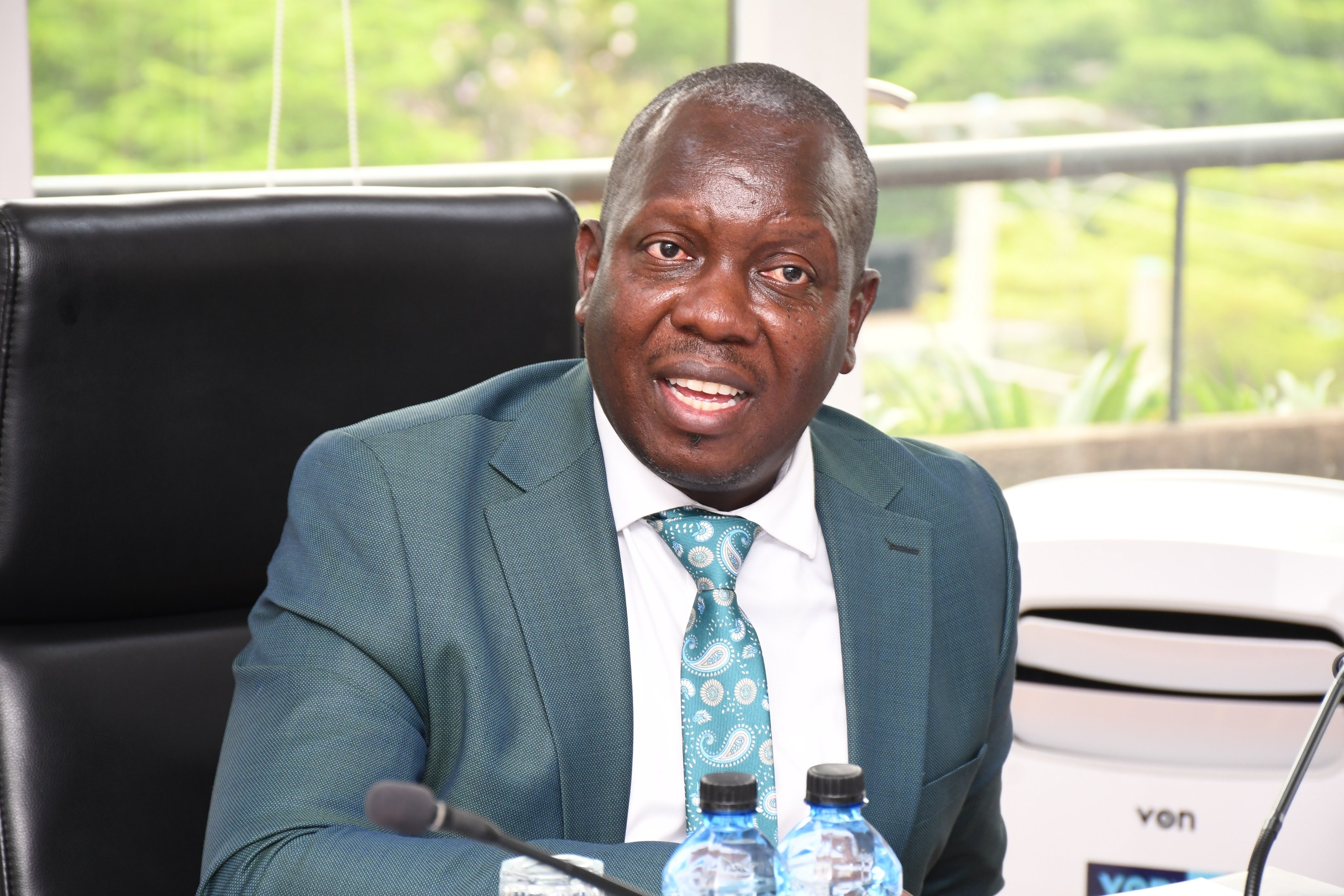Loitoktok forest, covering 1,890 acres, is a critical catchment area for several rivers that serve the residents of Kajiado county.
The forest station manages a model tree nursery with a biannual tree seedling production of 650,000, thanks to the hard work of Loitoktok Community Forest Association.
The CFA makes good money from selling seedlings and plans to increase production to two million per year following a recent directive by the Chief Conservator of Forests Alex Lemarkoko.
“This CFA has a model tree nursery combining rangeland management and forest restoration as well as the enhancement of livelihoods," Lemarkoko said.
At the nursery, CFA members learn other interventions such as how to adapt to the impacts of climate change by growing different types of grass for livestock.
After training, community members plant the grass in their farms that they later harvest and store for their livestock during the dry season.
Lemarkoko presided over the signing of the Participatory Forest Management Plan for Loitoktok CFA on August 16 as part of plans to conserve and protect the forest while ensuring that the CFA reaps maximum benefits.
He also signed a forest management agreement with the CFA.
The PFMP provides a management framework for the forest ecosystem, livelihoods, and improvements in the forest-adjacent communities.
The objectives of the plan include the participation of communities in forestry conservation through sustainable utilisation of forestry resources and the creation of livelihood improvement opportunities.
The PFMP involves communities in forest protection to foster sustainable socioeconomic and environmental management.
The Loitoktok PFMP is a blueprint to guide implementation of restoration activities for the next five years.
World Wide Fund for Nature supported the model tree nursery with Sh16 million.
The other notable partner is the International Climate Initiative through the German Federal Ministry for the Environment.
“Community forest associations play a crucial role in the government's plan to plant 15 billion trees by 2032 through the Landscape Restoration Strategy,” Lemarkoko said.
The ongoing restoration efforts require large amounts of seedlings that will be raised by both the Kenya Forest Service and CFAs.
Lemarkoko said KFS's relationship with CFA smust have benefits for the community.
“Loitoktok forest is small in size but must benefit communities,” he said.
He lauded the Loitoktok CFA for implementing the previous PFMP at 80 per cent and challenged them to implement the new one at 100 per cent.
Lemarkoko urged private nurseries to register with KFS.
Accompanied by Kenya Forest Service commandant Mohammad Mohammed, Lemarkoko said CFAs will help bolster the government's vision of enhancing the country's forest cover from the current 12.3 per cent to 30.
The Loitoktok forest model nursery is equipped with a solar-powered borehole to ensure year-round seedling production.
Forest laws allow adjacent communities to use forests sustainably to generate income to improve their livelihoods, easing pressure on the forest areas.
CFAs are required to sign the Participatory Forest Management Plan and Forest Management Agreement under the Forest Conservation and Management Act, 2016.
Once CFAs sign these documents, they get user rights that include collecting medicinal herbs, harvesting honey, collecting dead fuelwood, and harvesting grass.
Other rights are ecotourism, recreational activities and plantation establishment.
A registered CFA is under obligation to protect, conserve, and manage the public forest following the approved management plan.
CFAs also protect sacred groves, assist KFS in enforcing forest laws, help fight fires, and inform KFS of any developments, changes, and occurrences that are critical to the conservation of biodiversity.
WWF national forest programme coordinator Elijah Korir praised the launch of the Loitoktok PFMP and signing of the Forest Management Plan for 2024-2029.
“WWF-Kenya has been actively engaged in enhancing both terrestrial and mangrove ecosystems through several key initiatives. Our organisation has supported the production of quality tree seedlings by building capacity in seed collection and handling and establishing model tree nurseries,” Korir said.
The WWF-Kenya has also played a crucial role in enhancing forest governance by encouraging and facilitating community participation in forest management.
Korir said WWF-Kenya has spent over Sh40 million on restoration efforts in Kajiado county and more projects are lined up.
“To date, WWF-Kenya has successfully developed 17 Participatory Forest Management Plans, providing a structured approach for sustainable forest management. Additionally, we have provided extensive training and capacity building programmes for Community Forest Associations, rangers, and community scouts. This includes equipping them with the necessary uniforms and equipment to carry out their duties effectively,” he said.
















